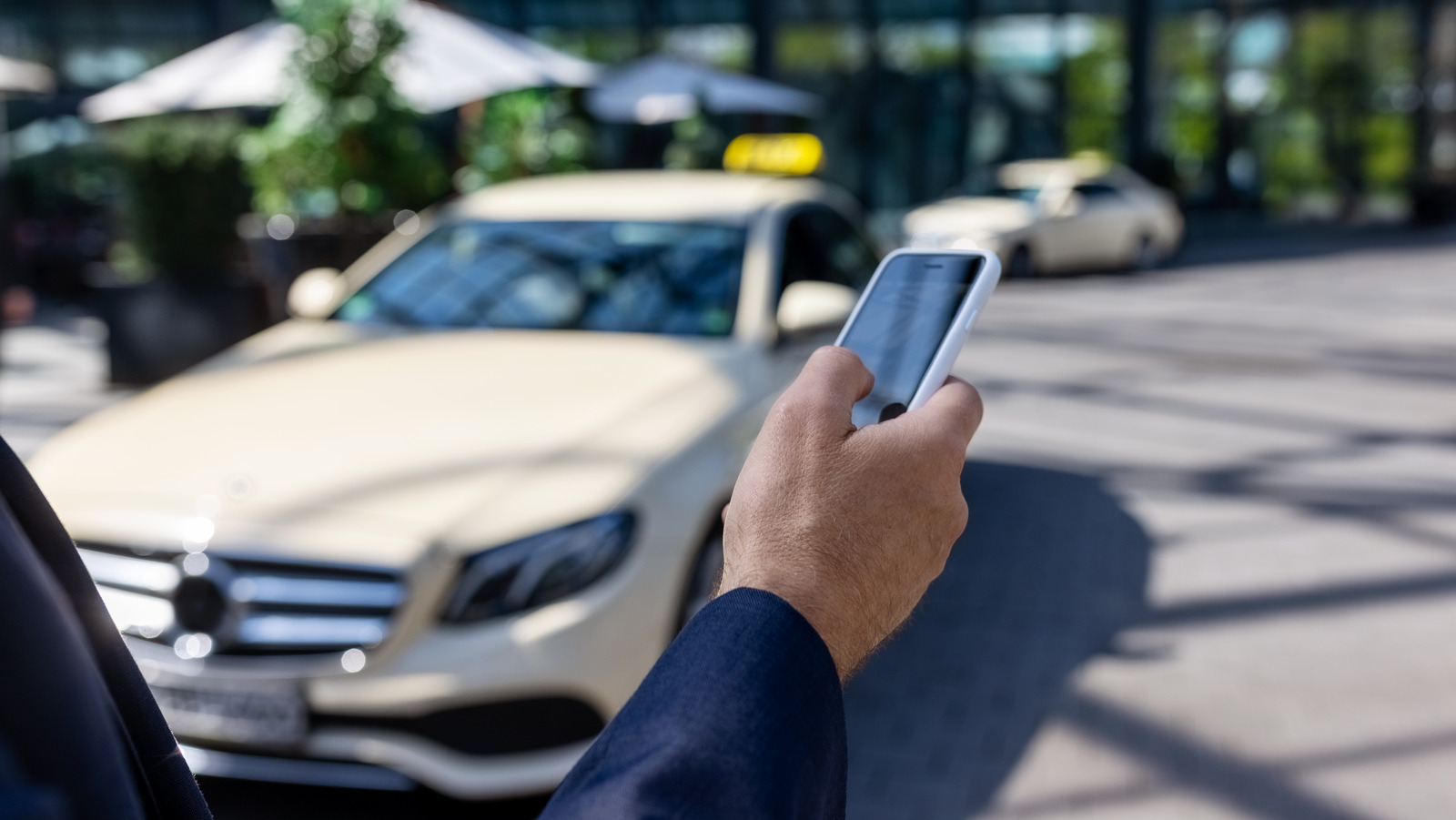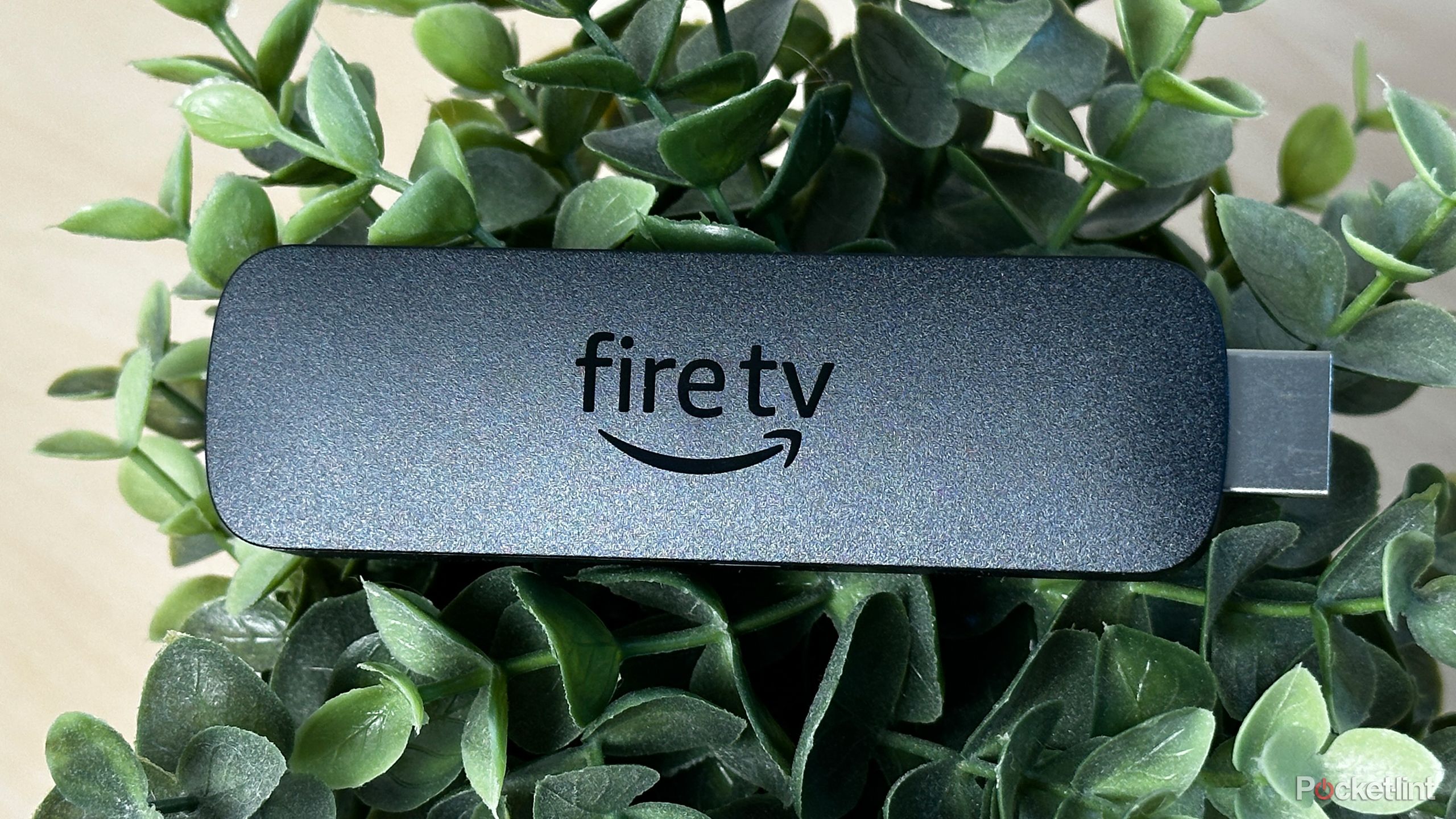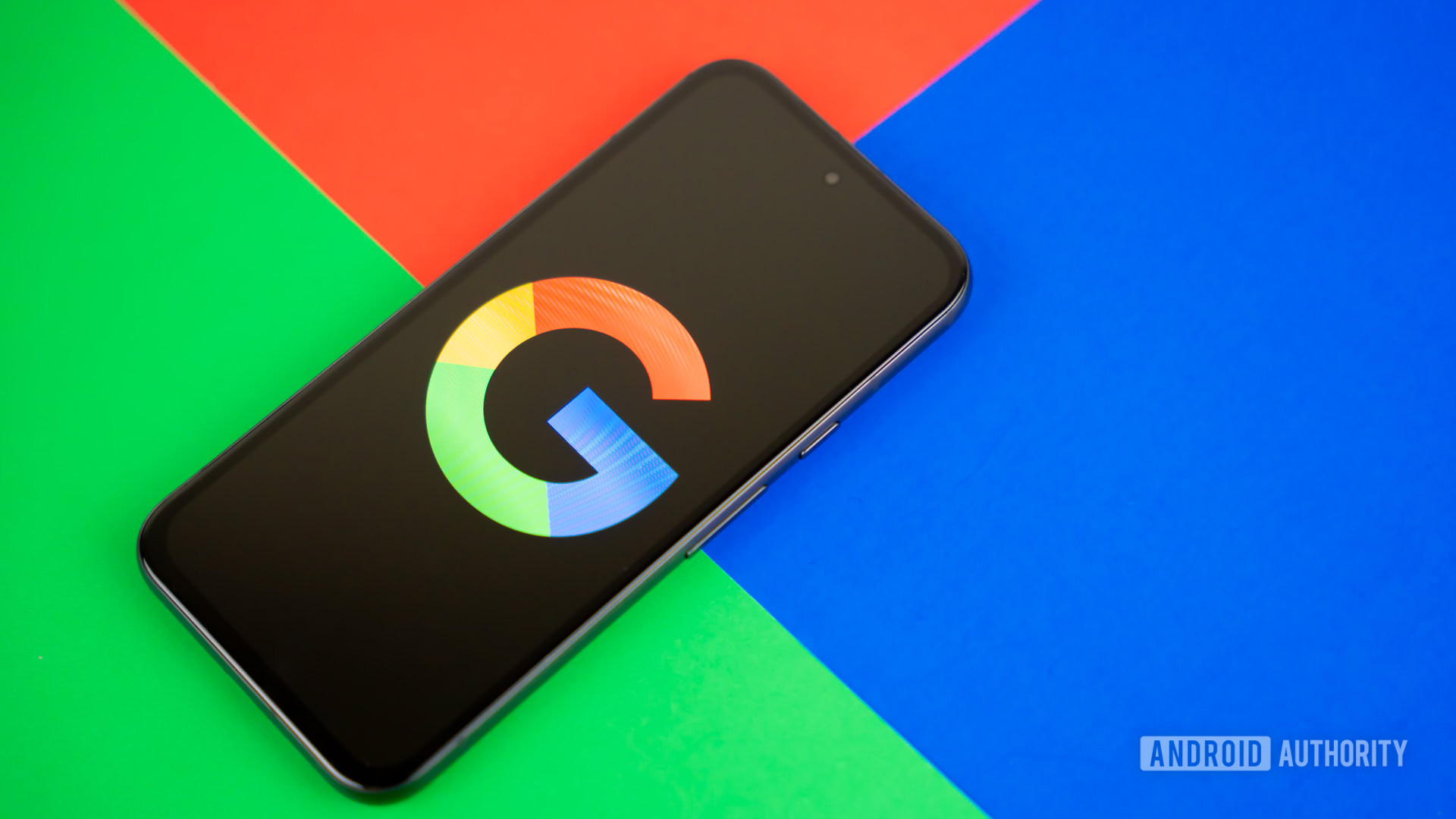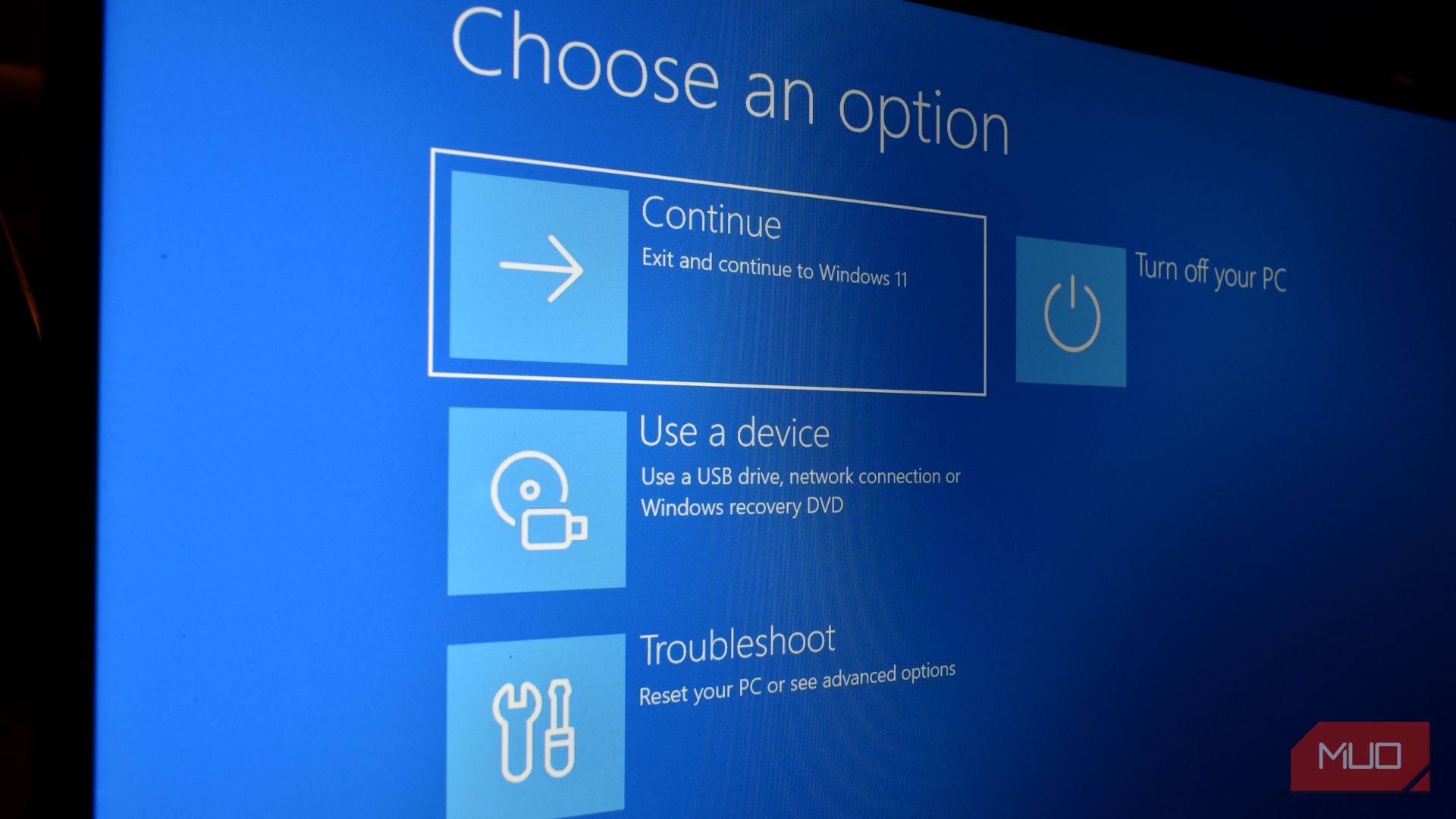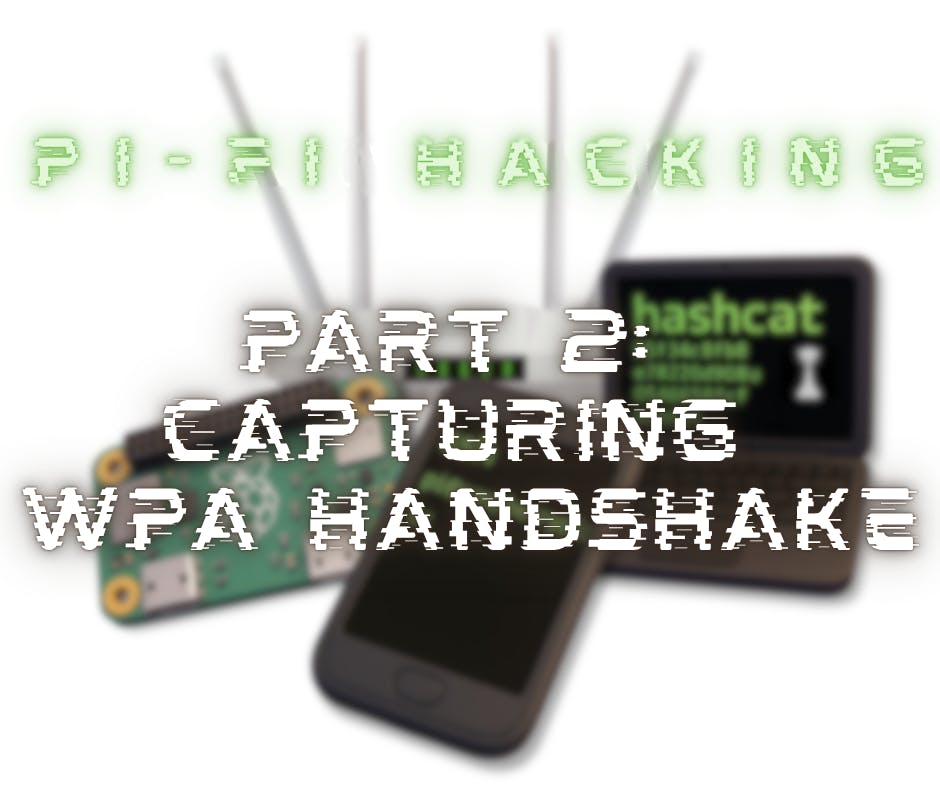Social media is a vast ocean of brands, people, and posts. It’s a great place for businesses to reach and connect with their audience.
But it’s also easy to get swept away. The social media marketing landscape is saturated with brands vying for customers’ attention, and standing out can be difficult.
Hyperlocal social media marketing is different. It allows businesses to focus their efforts strategically on local markets that are more likely to convert.
In this article, we’ll talk about what hyperlocal social media marketing is and how it can help you create more personalized connections with your customers.
Free to use image sourced from Pexels
What is hyperlocal social media marketing?
Where traditional social media marketing focuses on casting a wide net, hyperlocal social media marketing lets you zoom in on a specific area.
This kind of digital marketing is useful for:
- Small local businesses looking to get the word out to their nearby communities
- Service providers that work in a specific area, such as tradespeople or a real estate dialer provider
- Large brands that operate brick-and-mortar stores in different locations
- Large brands looking to launch in new areas
Hyperlocal social media marketing uses a mix of geotags, hashtags, localized content, and social media engagement to create a meaningful presence in a community.
You’ve probably heard the phrase “shop local” before. There have been numerous studies done on the subject, proving time and time again that people are willing and eager to support their local main street.
Faire’s 2024 Consumer Main Street Report found that 66% of Americans surveyed visited their local main street a few times a month. 75% claimed they shopped locally to support their local economy, and 85% reported that they would vote for a candidate who supported local businesses.
Shopping locally is important to people, and hyperlocal social media marketing is a powerful tool for connecting with your local community.
What are the benefits of hyperlocal social media marketing?
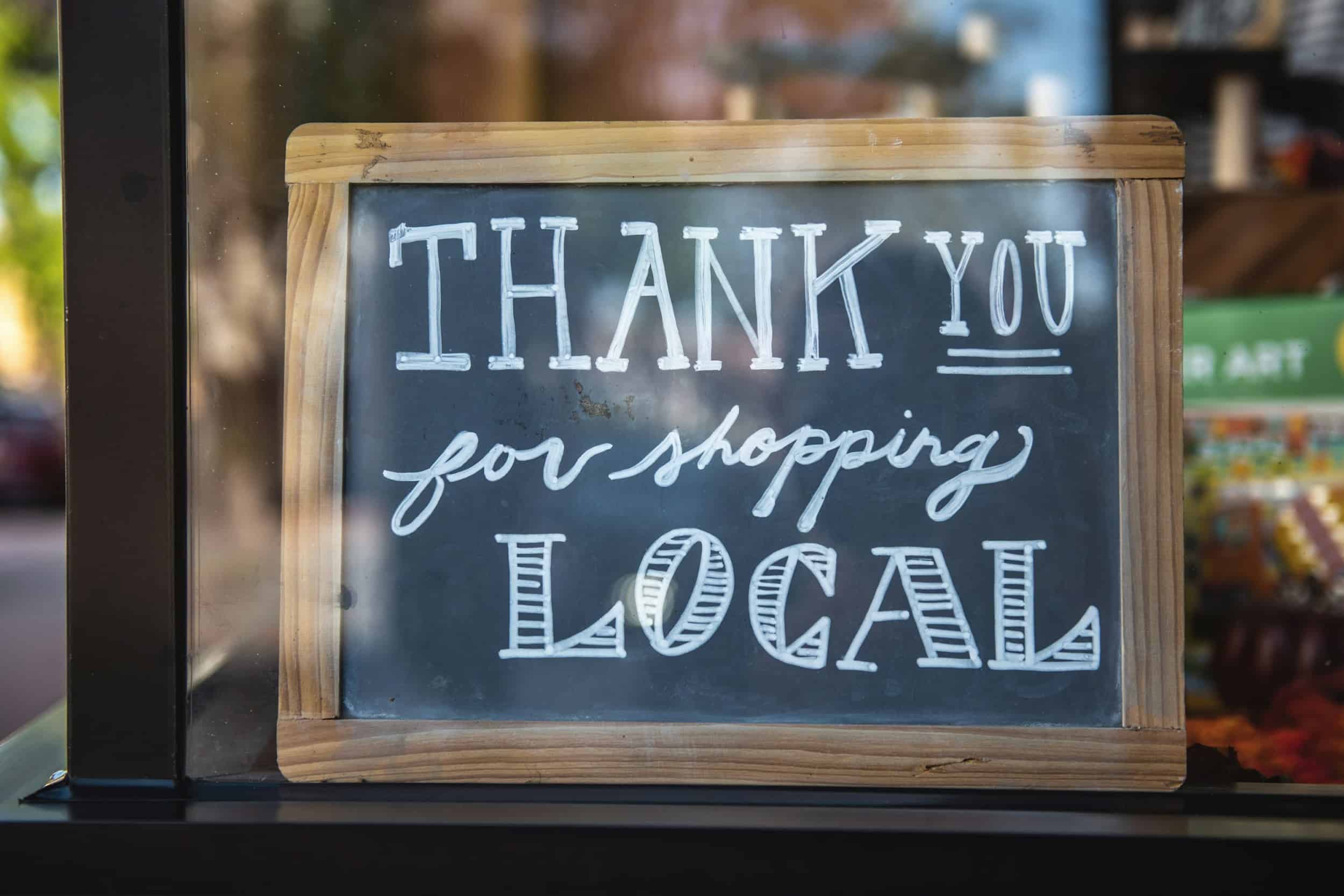
Free to use image from Unsplash
So, why should you consider hyperlocal social media marketing over a more widespread, global approach?
If you opened up your Instagram right now and typed in “sandwiches”, Instagram would show you posts from:
- Brands you already follow that mention sandwiches
- Large accounts with many followers that are related to sandwiches
- Local businesses that sell sandwiches
If you’re craving a sandwich right now, which posts are going to get your attention?
And it’s not just you doing this—research shows that Gen Z is turning to social media over web search engines to find places to shop.
A 2023 survey by eMarketer on Gen Z’s social search habits proved that this trend isn’t slowing down.
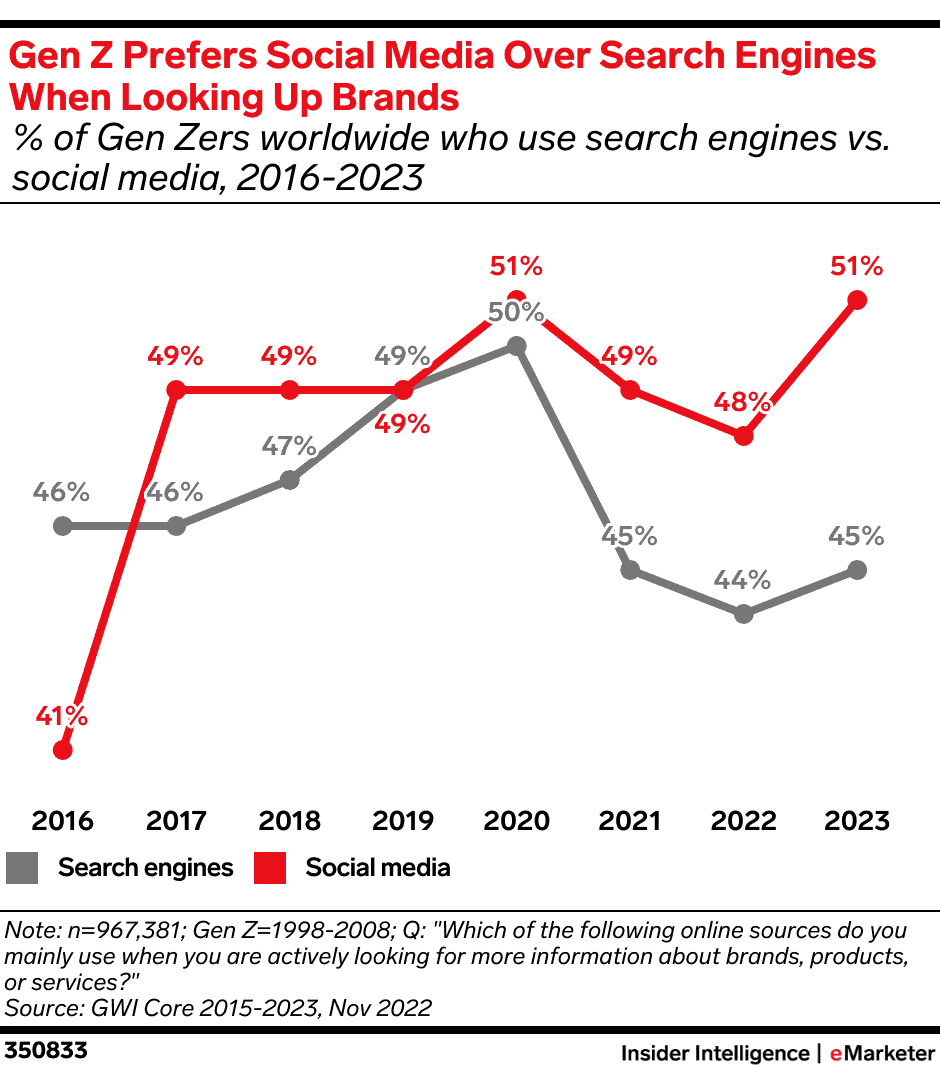
Image sourced from emarketer.com
Creating a local presence on social media gets your brand in front of the people most likely to convert.
There are other benefits, too:
- Social media can help you connect with your local community. This allows you to build more personal, lasting relationships with local customers and businesses
- These stronger relationships will lead to more loyal customers who might become word-of-mouth advocates in your community
- A presence in your local community can position you as an authority in your industry. If someone wants something you offer, customers are more likely to trust you over shopping at impersonal online chains
- Hyperlocal social media marketing doesn’t rely on big, splashy, expensive marketing campaigns to reach people. This strategy can have a higher return on your marketing investment, helping you to cut costs
How to implement hyperlocal social media marketing for more personalized customer interactions

Free to use image from Pexels
If you’re interested in trying hyperlocal social media marketing, keep reading! We’ve put together a handy guide.
Find your audience
Like any kind of marketing, knowing your audience is essential to getting it right.
With hyperlocal social media marketing, it’s even more important.
Because the people you’re trying to target are right on your doorstep. They are an integral part of your day-to-day business operations. If you create the wrong kind of content, you risk losing more than just individual customers—you might lose the faith of your entire community.
So, to begin your hyperlocal social media marketing journey, get to know your audience.
- If you’re a brick-and-mortar store, start getting to know your customers. Chat with them about their lives, families, and interests
- No matter what kind of business you are, you should get to know the area. Find out about local landmarks, notable people, and nearby events
- If you’re not already familiar with the area, research the local culture. This is different from simply knowing the area; you’ll need to understand the values, perceptions, socioeconomic statuses, religions, customs, and even the histories of the people who live there
- Conduct surveys, interviews, and focus groups to gain both demographic data and inquire about what local people want from your business
- Conduct social listening by following hashtags related to your area and reading posts from local people and businesses. Social media web analytics tools can give you a wider view of your audience and what matters to them
- Find out which social media platforms your local community uses the most. Younger communities might have a larger presence on TikTok than Facebook, for example
You’ll need a deep understanding of your audience to create appealing content, connect with customers on a personal level, and establish a presence within a community.
Open the relevant social media channels
Once you know where your audience hangs out, you can develop your presence on those social media channels.
Remember to:
- Prioritize the channels popular with your community – this helps you focus your efforts and avoid spreading yourself too thin
- Create a variety of content – a mix of video, text, and picture content offers your audience a bit of everything they like
- Tailor your content to the appropriate channel – different content suits different channels. You can create short-form videos for TikTok while showcasing beautiful imagery on Instagram, for example
Research your competitors
The businesses operating in your area can tell you a lot about what your audience wants – and doesn’t want.
Conduct competitor analysis of both local businesses similar to yours and just local businesses in general. Look at what they’re doing on social media, how they’re interacting with customers, what events they’re involved in, and if they’re offering discounts or incentives.
You can go even further and read reviews for their products and services. This can reveal local customer expectations that are and aren’t being met.
You might find out that your competitors are lacking in certain areas, like customer support. Then, you can learn how to set up a call center with a strong emphasis on customer satisfaction, filling that need.
Make sure you’re doing everything your competitors are doing and more.
Let’s say you find your competitors are offering excellent phone customer support. Why not go one step further and leverage tools to provide real-time guided assistance customers can literally see on their screens? After all, the common myths about co-browsing technology, which enables this type of assistance, have already been debunked. In fact, more businesses are already harnessing its power to elevate their interactions with customers.
Create hyperlocal content
Now comes the fun part. It’s time to give your audience what they want.
Hyperlocal content comes in many forms. You can:
- Consistently tag posts with your local area. For example, a wedding planner in Sacramento might tag all of their posts with #weddingplannersacramento for consistency and relevance
- Highlight recognizable landmarks and locations in your area. For example, if you visit a local museum, post about it. This can also help other businesses see you and respond, adding a deeper sense of community
- Get involved with local events like fundraisers or festivals and promote them
- Partner with local businesses and create joint campaigns
- Look for customers posting about you and respond. Mutual interaction can help deepen customer relationships
- Find posts from your local customers who are asking for help with things relevant to your business. Responding with helpful advice can help you position yourself as a trusted authority in your field. And it’s all public, so others will see proof of your expertise
- Share and promote user-generated content. If customers are posting videos using your products or testimonials about how great you are, boost them. This kind of organic word-of-mouth buzz helps you deepen customer relationships and create trust in your brand
- For larger brands opening stores in new locations, create posts promoting your new opening with offers, discounts, or special events
It’s important to remember a few things when you’re crafting your hyperlocal content.
Without knowing your audience, you might inadvertently post something offensive or dismissive, and it can be hard to recover from that kind of negativity.
Remember to get to know your audience and location first. Respect local culture and be earnest and willing to learn. If you show your community that you value who they are, they will appreciate and reciprocate that respect.
Reach out to local influencers
Influencers in your community hold a lot of sway, so partnering with them is a great form of hyperlocal content.
You can find influencers by:
- Using a web search engine – try searches like “influencer + your area + your industry”
- Search on social media – you can follow hashtags relevant to your area and business. A restaurant in New York might look at #newyorkfoodbloggers
- Use a dedicated influencer search platform – there are plenty of free and paid services that can connect you with influencers
Reach out to local influencers and suggest a collaboration, offer them free products to review, or simply get to know them better.
Local influencers already have authority in your area. Their trust in you is powerful social proof for your community.
Use targeting to get your posts in front of the right people
Creating hyperlocal content is one thing, but you need to get it in front of the right people.
Hyperlocal social media marketing does this in a few different ways:
- Hashtags – tag your posts with the relevant locations. We mentioned #weddingplannersacramento as an example earlier, but you can go even more local than this by tagging your neighborhood or even your street
- Geotags – geotagging is the process of adding geographical metadata to your posts
- SEO optimization – when creating posts, try to optimize your content for SEO by using words and phrases that potential customers are most likely to search for. Someone who is getting married might search “wedding planner in downtown Sacramento” and you can incorporate that into your copy to get on the first page of web results
Use paid ads with location-based targeting
Every social media site lets you create paid ads. Even better, you can tag them with geolocational data to get them in front of a local audience.
There will always be people who aren’t aware of you, even if they’re local. They might not know your store exists, and they certainly don’t follow you on social media.
Paid ads that target local people can get your business in front of this potential audience, increasing local brand awareness.
Monitor your hyperlocal social media marketing strategy
You’ll want to make sure your strategy is working, so you’ll need to monitor some key metrics.
- Follows – has your campaign increased your number of local followers?
- Engagement – have you seen an increase in shares, likes, user-generated content, and people tagging you?
- Click-through rates – if you have a website or online store, are more people clicking through to it?
- Foot traffic – has your campaign upped foot traffic to your brick-and-mortar store? You can investigate this by asking how a customer heard about you
- Conversions – your overall goal is to increase sales. Has that happened?
You can monitor these metrics through tools like types of APIs that connect your customer and marketing tools to social media.
If you’re seeing improvements in some areas, that’s great—keep doing what you’re doing! If you’re falling short of your goals, you can discover the reason.
Maybe your call center is suffering from call avoidance tricks and your customer support is falling short. Reading posts from customers can help you find the issue and fix it.
Hyperlocal social media marketing in a nutshell
 Free to use image from Unsplash
Free to use image from Unsplash
Let’s sum up with some key takeaways about hyperlocal social media marketing.
- Local businesses can use hyperlocal social media marketing to connect with nearby audiences, increase brand awareness, and build trust
- Big brands looking to launch in new areas can learn more about the community and how to engage them
- Hyperlocal social media marketing integrates your brand into the day-to-day life of your community, putting you front-of-mind when someone wants a thing you sell
- Creating hyperlocal social media content helps you build deeper relationships with your customers, increasing loyalty and sales
- Using a mix of hashtags, geotagging, SEO, and paid ads will help you reach your local community
People want to support their local businesses—they want to feel like part of a community. Targeting your social media content to your area lets you become a part of that community, building lasting relationships and a strong foundation for business growth.




